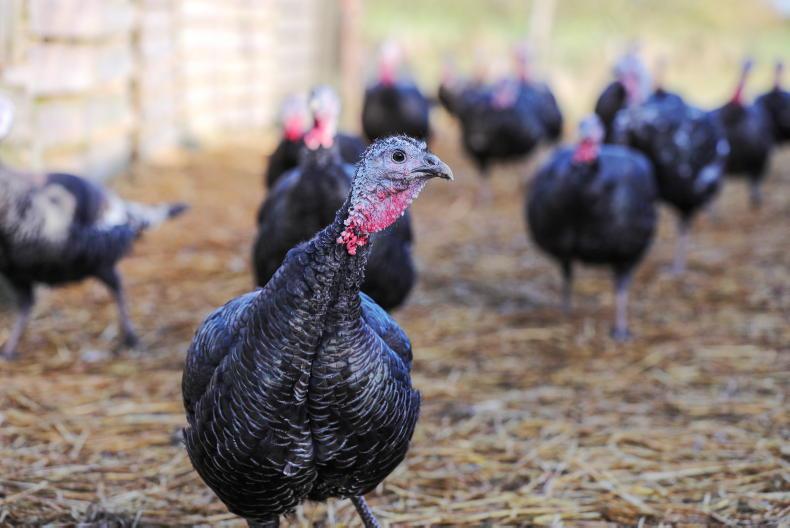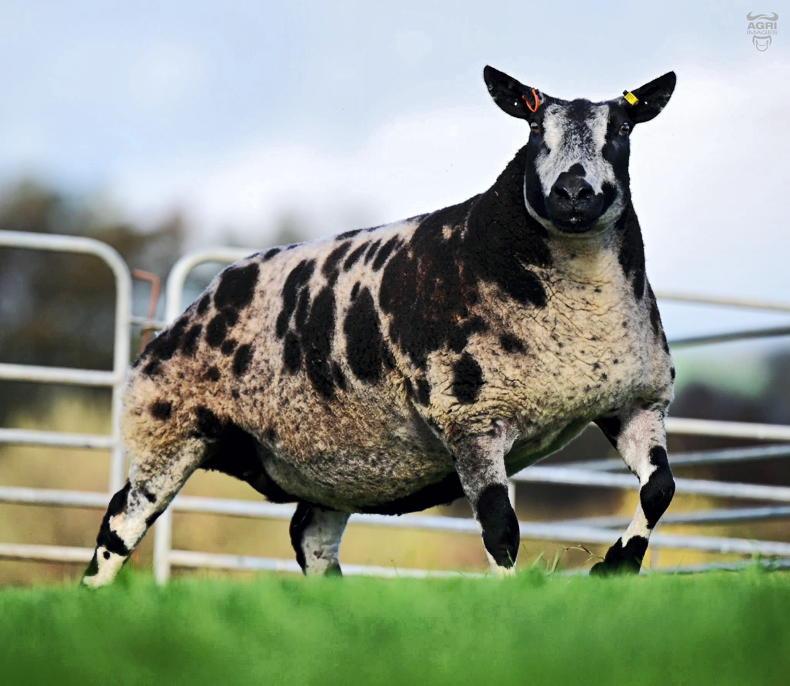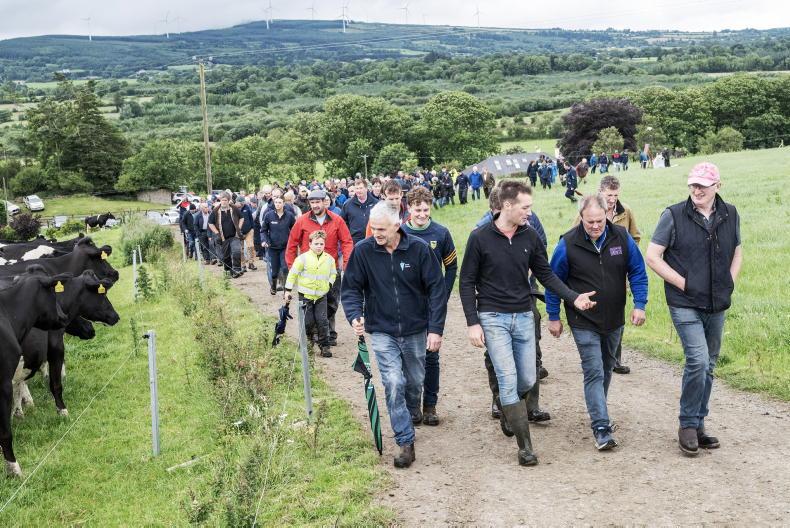Ireland is the largest net exporter of sheepmeat within the European Union, generating approximately €300m every year. However, as is the case with all food production systems, sheep systems emit greenhouse gases (GHG).
According to Teagasc, in 2020, sheep directly emitted more than 1,000kt CO2 equivalent through the digestion of feed and manure management. In order to reduce negative environmental effects while meeting consumer demand, the sheep sector needs to identify and adopt practices that are environmentally sustainable and economically viable.
Life cycle assessment (LCA) is an internationally recognised methodology that has been widely adopted in agriculture to calculate the environmental impact of farming systems and Teagasc has developed LCA models for Irish sheep systems.
These models adopt a cradle-to-farm-gate boundary, which means that all GHG emissions up to a point at which the product leaves the farm are accounted for. On-farm emissions counted and emissions released from the production of farm outputs such as fertilisers are also recorded.
This means an LCA can identify the key GHG sources and management practices that have potential to reduce GHG emissions.
Lowland production system
An LCA of a lowland production system was conducted and data for flock performance and management practices were obtained from the Teagasc National Farm Survey.
GHG reduction methods are broken up into two categories – improve efficiency and the adoption of low emission technologies. The following GHG reduction technologies were investigated: Substituting nitrate fertiliser with protected urea, incorporation of white clover into swards, reducing concentrate feeding, increasing weaning rate, reducing lamb mortality rate.
The GHG intensity of a typical lowland sheep system was calculated to be 10.8kg CO2 equivalent/kg liveweight, which is lower than the global average of 11.3kg.
This means the Irish sheep sector is starting from a good position in terms of decreasing emissions. There are a number of practices and technologies which can reduce total farm emissions. There is a 5% reduction of total GHG emissions when protected urea technology is being used. There is 4.3% reduction of total GHG emissions when land area and yield is fixed and stocking rate and output is reduced, resulting in the reduction of concentrate fed per ewe from 103kg to 50kg.
In addition to this, there is a 2% reduction in GHG emissions through improved soil fertility and by incorporating clover into the swards to reduce the amount of N fertiliser applied.
Finally, there is a 9.7% reduction in total farm GHG emissions through a combination of reducing concentrate use, the adoption of protected urea, the reduction of N fertiliser through white clover inclusion in the sward and the improvement in mortality and weaning rate.









SHARING OPTIONS